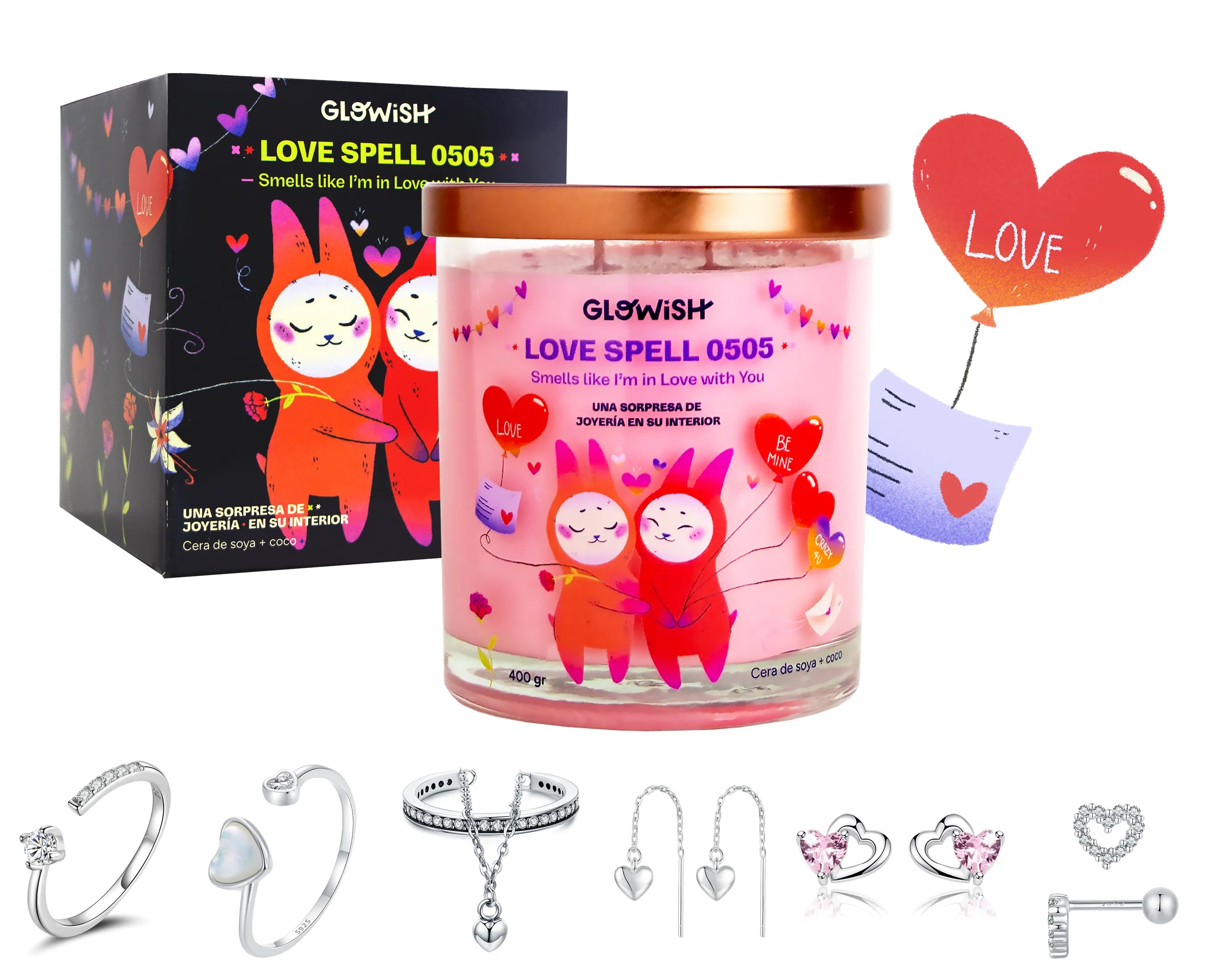Blending fragrance oils is an art that combines science and creativity to create unique, captivating scents. Whether you're making candles, soaps, or personal fragrances, understanding how to blend fragrance oils can elevate your products and set them apart. Here's a comprehensive guide to help you master the art of fragrance blending.
Understanding Fragrance Notes
Fragrances are composed of different notes that unfold over time:
- Top Notes: The initial impression of the fragrance, which evaporates quickly. Examples include citrus, light fruits, and herbs.
- Middle (Heart) Notes: The core of the fragrance, lasting longer than top notes. Examples include floral, spicy, and green scents.
- Base Notes: The foundation of the fragrance, which lingers the longest. Examples include woody, musky, and sweet notes.
Choosing Fragrance Oils
- Quality Matters: Always choose high-quality, skin-safe fragrance oils from reputable suppliers.
- Complementary Scents: Select scents that complement each other. A good blend typically includes top, middle, and base notes.
- Purpose of the Blend: Consider the end product. Different products (candles, soaps, perfumes) may require different scent intensities and characteristics.
Tools You Need
- Fragrance oils
- Droppers or pipettes
- Small glass containers or vials
- Notepad and pen for recording your blends
- Protective gloves and eyewear (if handling large quantities)
Steps to Blend Fragrance Oils
-
Start with a Plan:
- Decide on the type of scent you want to create (e.g., floral, woody, fresh).
- Choose 3-5 fragrance oils that you think will work well together.
-
Create a Base Blend:
- Start with the base notes, as they form the foundation of your scent. Add a few drops of each base note oil to your glass container.
- Example: 3 drops of sandalwood, 2 drops of vanilla.
-
Add Middle Notes:
- Incorporate the heart of your fragrance. Add a few drops of each middle note oil to your base blend.
- Example: 3 drops of lavender, 2 drops of jasmine.
-
Incorporate Top Notes:
- Finish with the top notes. These will be the initial scents you notice but will fade first.
- Example: 2 drops of lemon, 1 drop of bergamot.
-
Record Your Blend:
- Write down the exact number of drops used for each oil. This helps you replicate the blend later.
-
Test and Adjust:
- Smell your blend and let it sit for a few minutes. Fragrances can change as they mix and settle.
- Adjust by adding more drops of certain oils to achieve the desired balance.
-
Finalize the Blend:
- Once satisfied, scale up the quantities proportionally for larger batches.
- Allow the blend to mature for a few days if possible, as this can enhance the scent.
Tips for Successful Blending
- Start Small: Use small quantities to test your blends before making larger batches.
- Be Patient: Some blends take time to develop fully, so let your blend rest for a day or two before making final adjustments.
- Keep it Simple: Especially if you're new to blending, start with fewer oils to avoid overly complex or muddled scents.
- Safety First: Ensure good ventilation and use protective gear when handling fragrance oils.
Conclusion
Blending fragrance oils is a rewarding process that allows you to create custom scents for any application. By understanding the roles of different fragrance notes and following a systematic approach, you can craft beautifully balanced fragrances. Experiment, take notes, and most importantly, enjoy the creative journey of scent blending. Happy blending!









